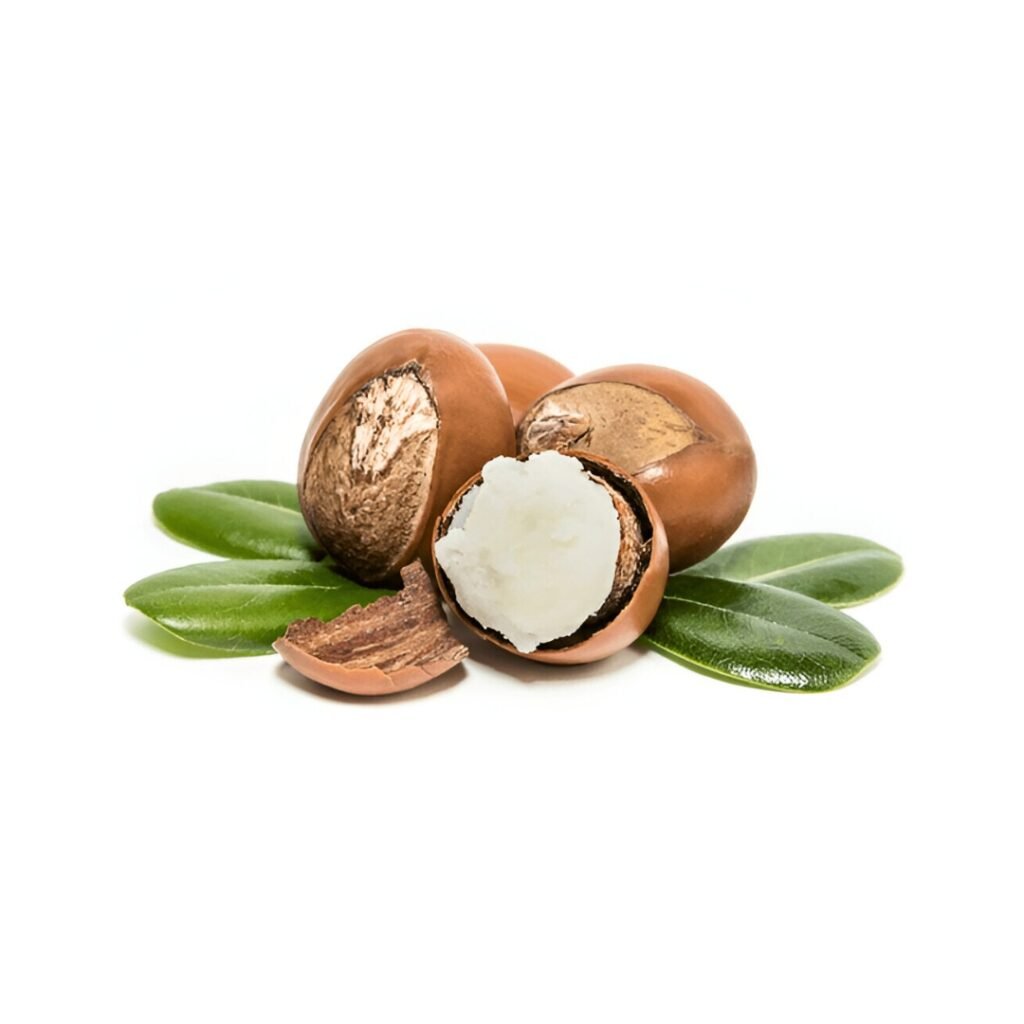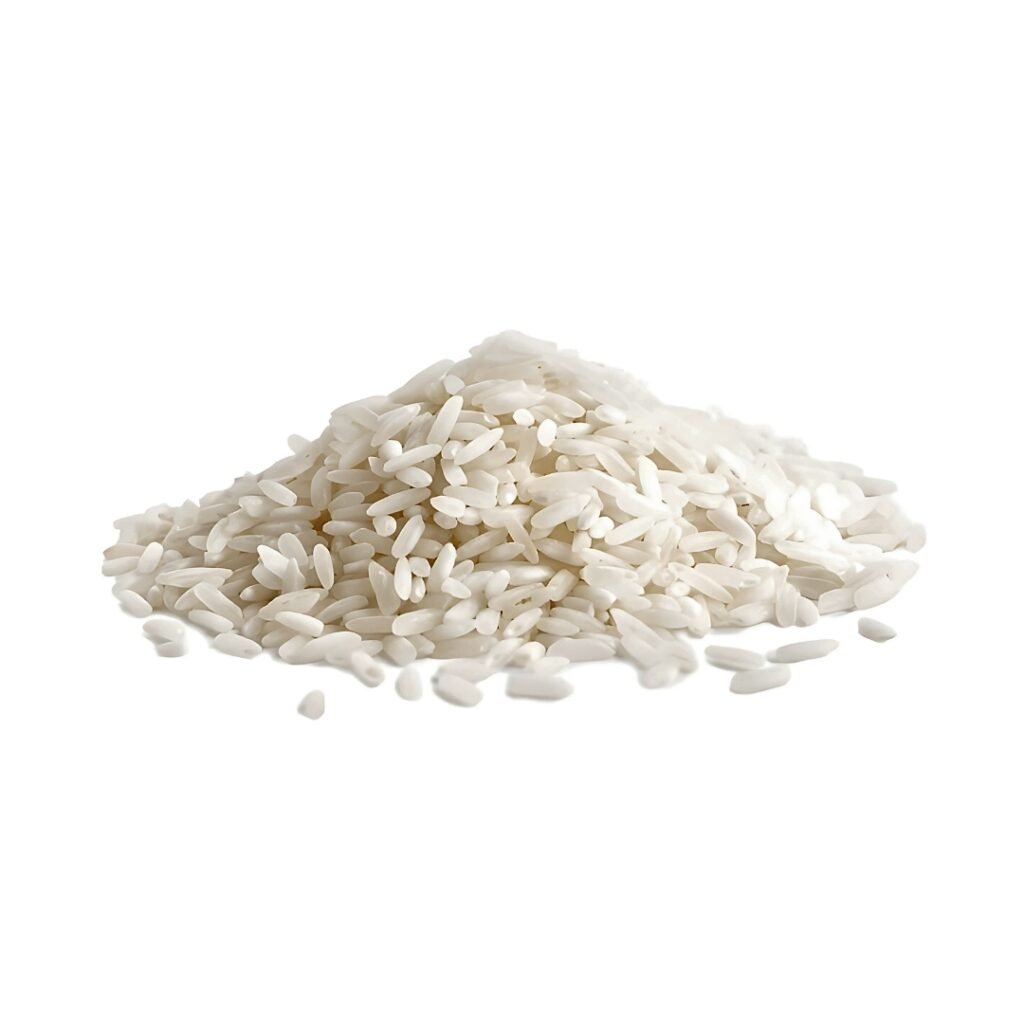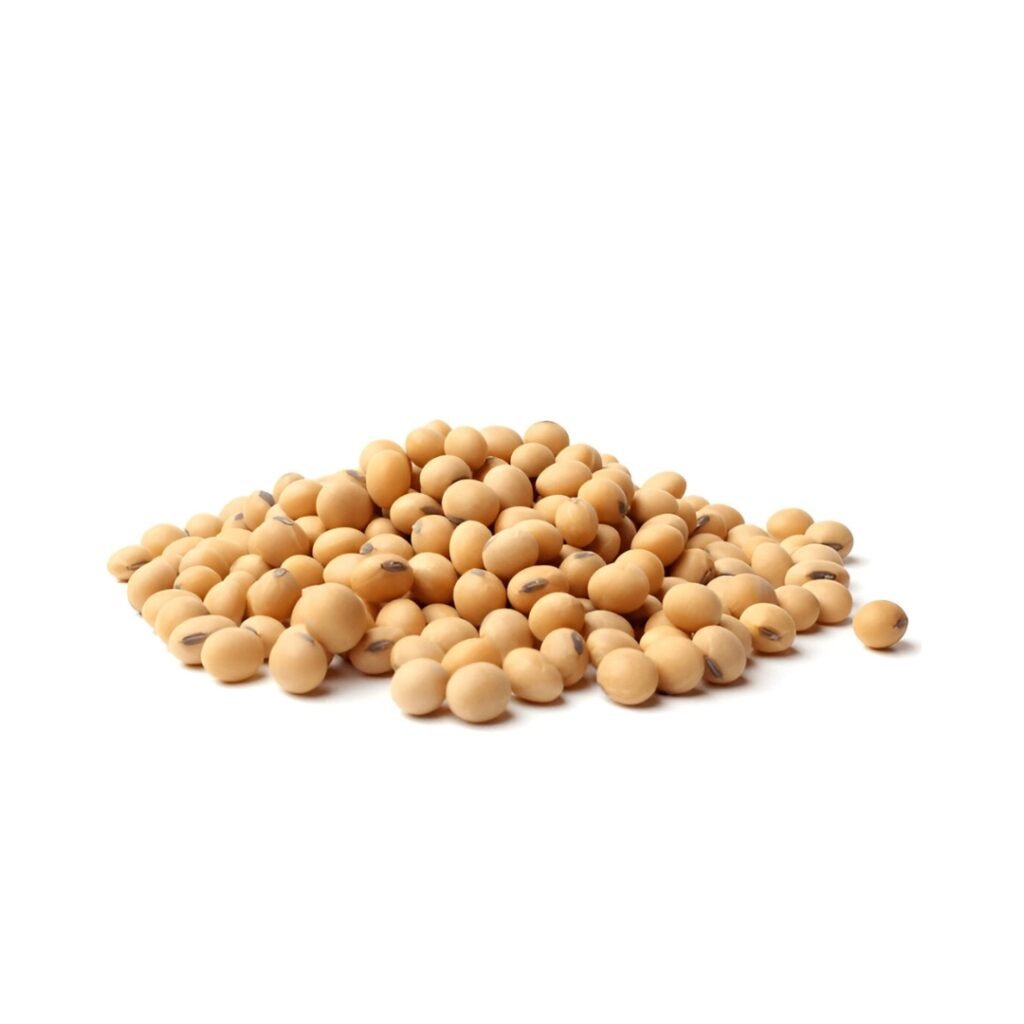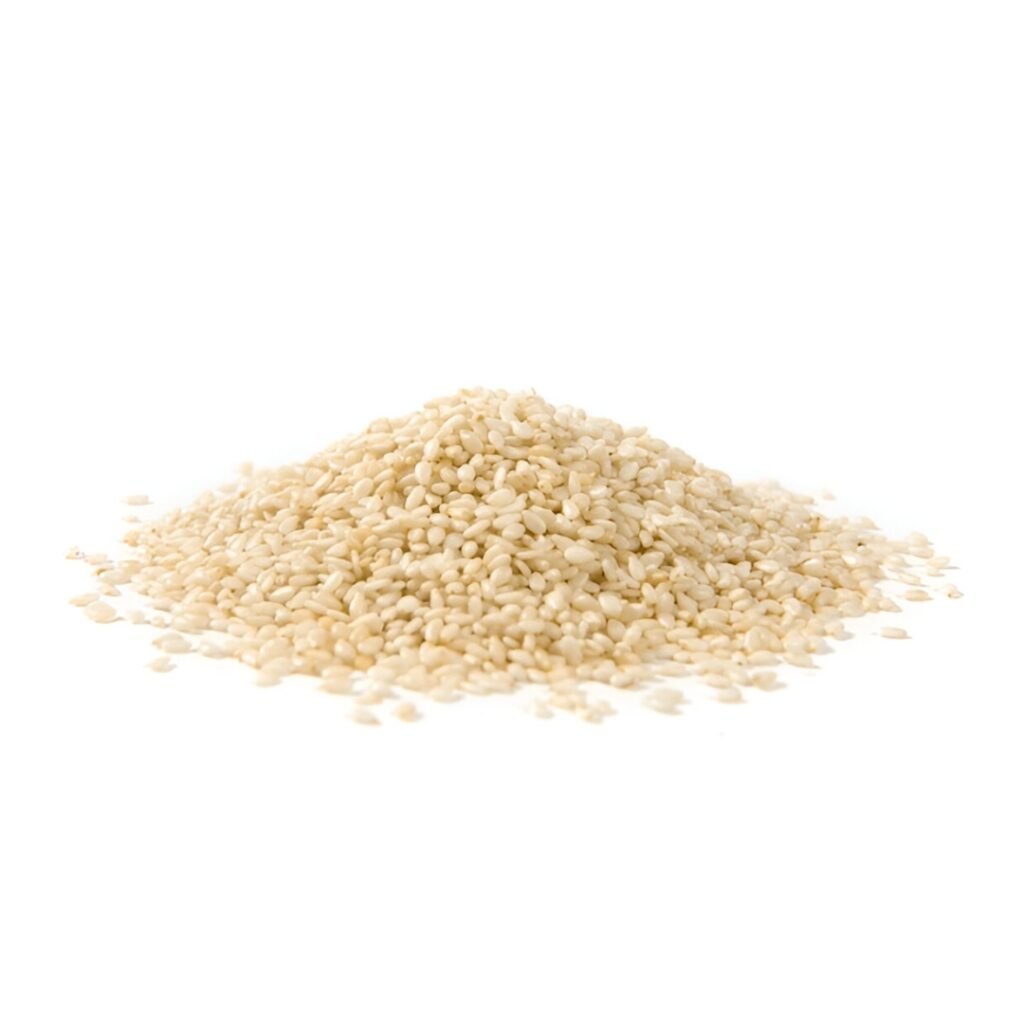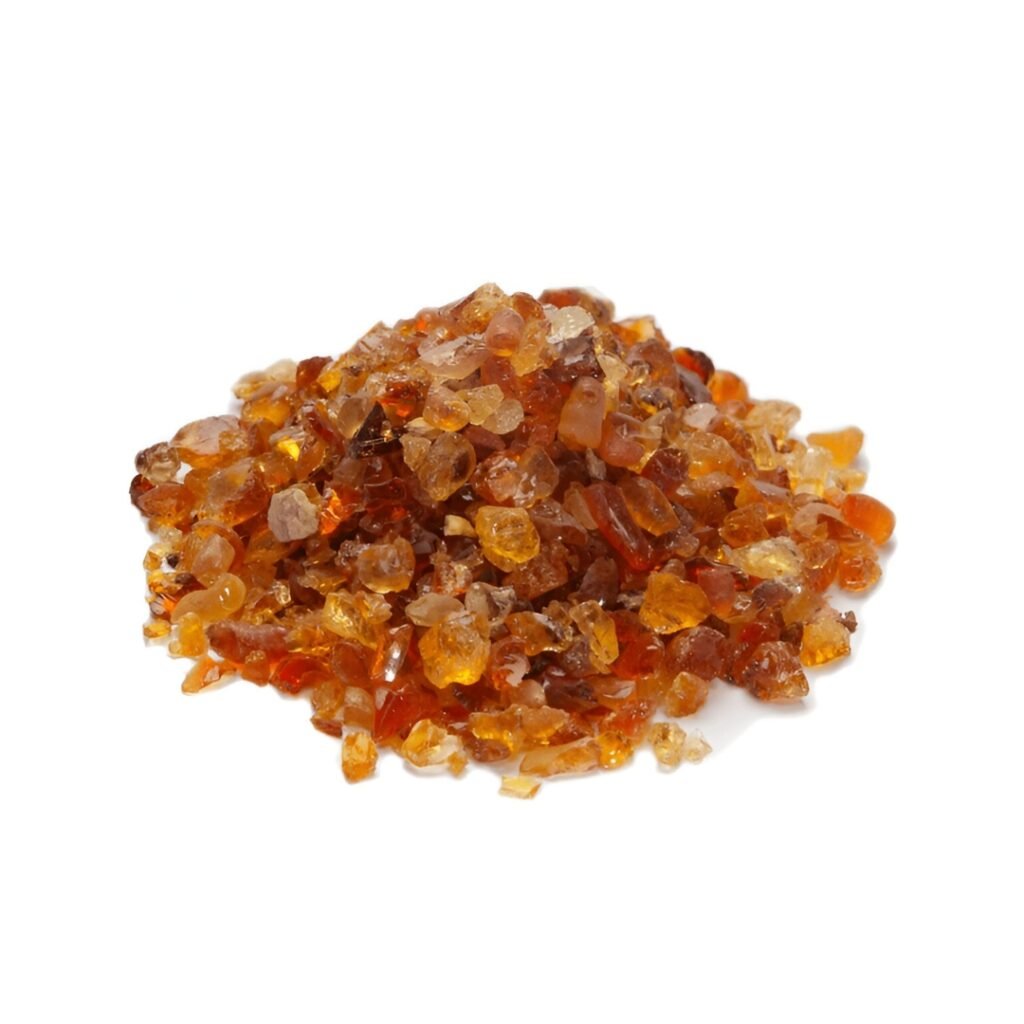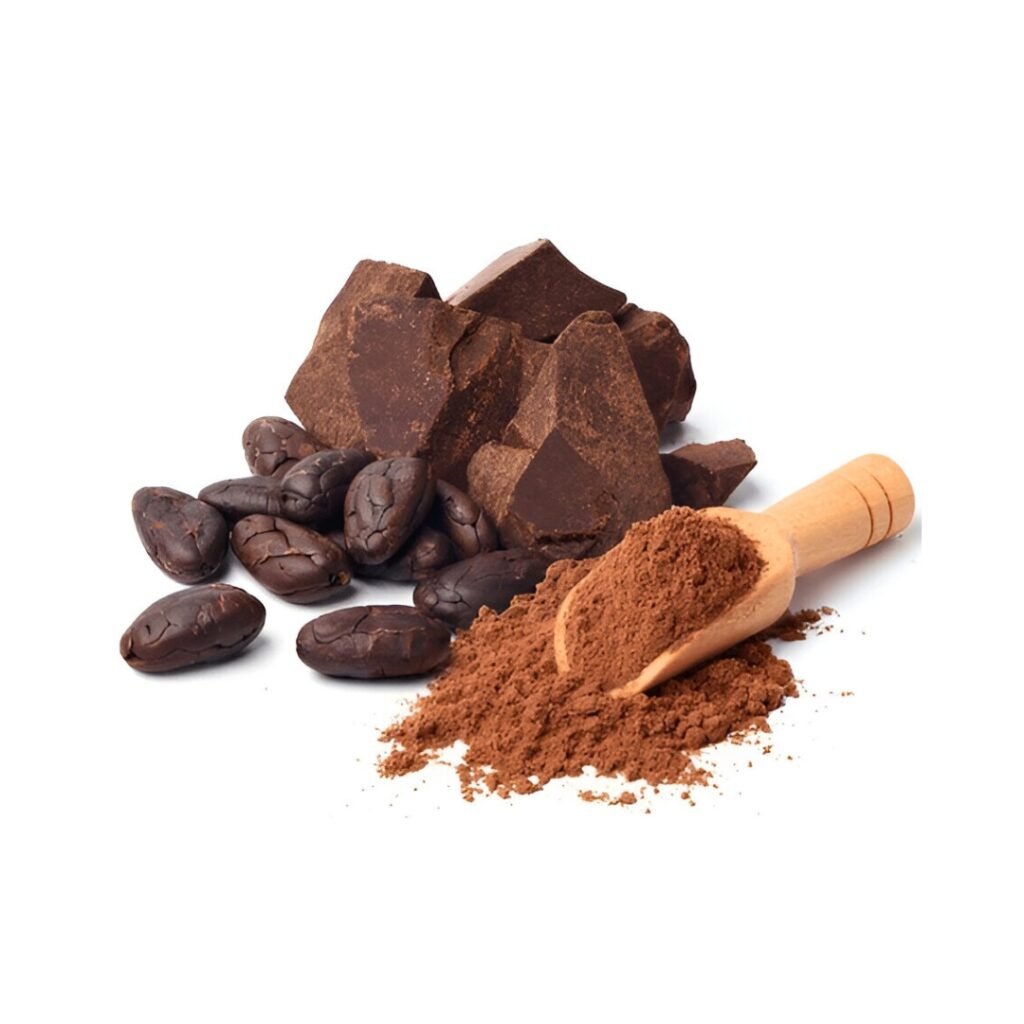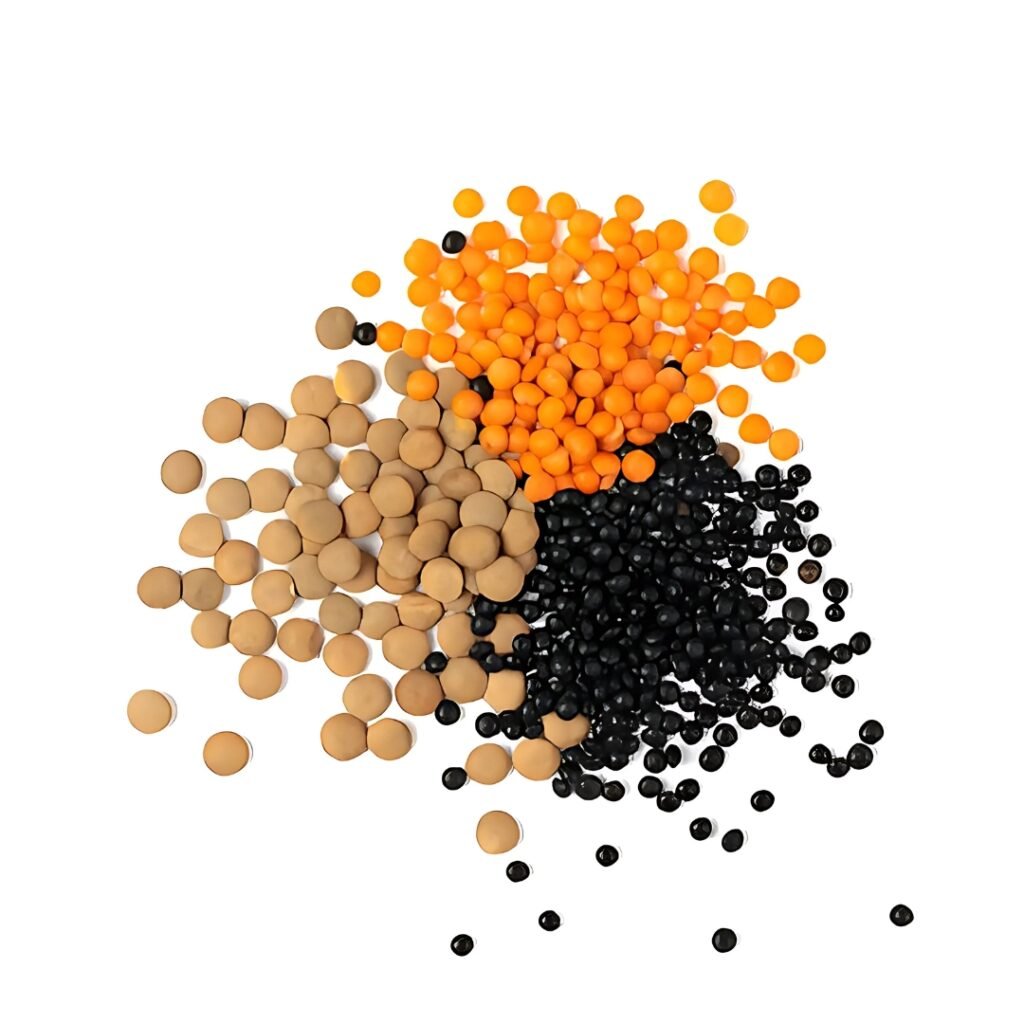INTERNATIONAL TRADER OF AGRO COMMODITIES
As one of the leading traders of agro commodities products having establishment in the global market as an international trading company, we deal in the execution of trading products (raw/processed) from different parts of the world. Some of the countries with which trade has been established are Africa, the USA, Vietnam, Canada, UAE, etc.
Our trade of agro commodities products is generally classified as:
- Raw products- these are basically of low value and high-volume nature.
- Semi raw products- these are of intermediate value and limited volume nature.
- Processed & Ready to eat/use products- these are of high value and low volume nature.
The various products that are being traded in the international markets are as follows:
- Raw Cashew Nuts (RCN)
- Shea Seed & Butter
- Soyabean
- Rice
- Sesame Seeds
- Gum Arabic
- Cocoa Bean & Powder
- Lentils & Pulses
Get In Touch
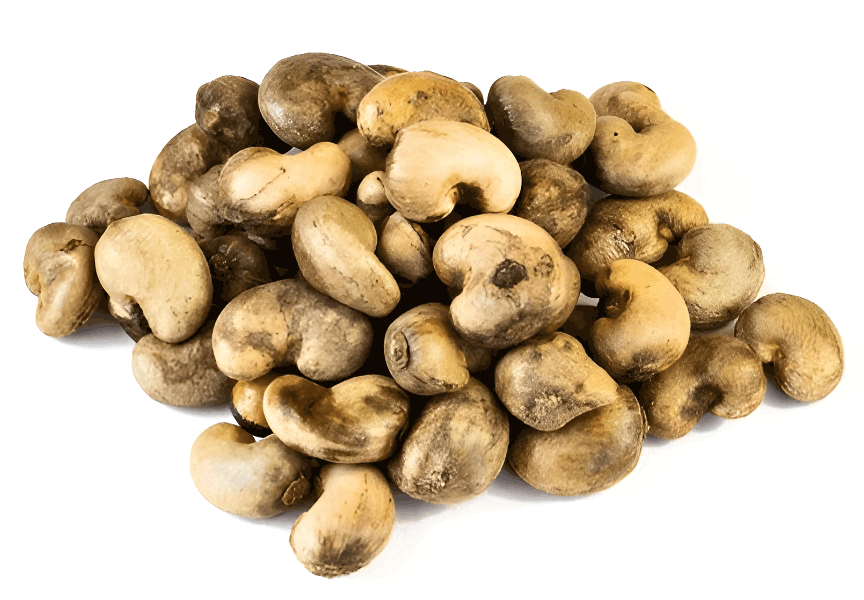
Raw Cashew Nuts
Best Quality Raw Cashew Nuts Exporters Worldwide
The nuts of kidney shape have always been an authentic part of all the culinary around the world. Cashews generally are imported from western, central and eastern regions of African countries. Also, cashew nuts are also being imported in India, processed, packed and distributed in the local markets and even re-exported to international markets.
There are two kinds of cashew trading that are done in the international trade markets:
- Import & Export of Raw Cashew Nuts
- Import & Export of Cashew Kernels
Standard level specifications for the cashew kernels have been laid down which are as follows:
Grades:
The grading of kernels are done depending upon the color, sizes & shape into white/scorches white pieces, splits, butts, etc., these are as follows:
- W – 180– large in size, expensive (king of cashews).
- W – 210 (Jumbo nuts).
- W – 240– reasonable price (attractive grade).
- W – 320 (highly available worldwide, most popular).
- W – 450 – cheapest (smallest, white whole kernels).
- Scorched wholes – slight brown color.
- Butts, splits and pieces – are of lower prices.
Various internal inspection checks are:
- Count check – the grades are checked for their counts
- Taste check – checked for its taste and odor
- Infestation – checked for insects, live, dead larva inside the kernel hollows
- Clumping – after packaging, packets are randomly selected and opened to check clumps
- Foreign bodies
Pre-Shipment Inspection and Quality Control
The pre-shipment is done as per the prescribed standards by basically drawing samples from the finished products. Inspection and quality control are conditional of voluntary actions.
Packaging and standard weight
Cashews in bulk are packed in prime tins of 4 gallons having a net weight of 11.34 kg (25lbs). The tins are vacuumed, then filled with carbon dioxide and finally sealed. 2 of these tins of the same grades are packed together in a carton and exported. The weight of the carton is around 50 lbs. (net weight).
Shea Seed & Butter
Best Quality Shea Seed & Butter Exporters Worldwide
Known as “women’s gold” in many parts of Africa, shea seeds and the butter extracted from them have become essential ingredients in cosmetic, pharmaceutical, and food industries worldwide. Sourced primarily from the shea tree (Vitellaria paradoxa), native to the savannah regions of West Africa, these natural products are now globally recognized for their nutritional and therapeutic benefits.
There are two main types of shea trading in the global market:
- Import & Export of Raw Shea Seeds
- Import & Export of Shea Butter (Refined and Unrefined)
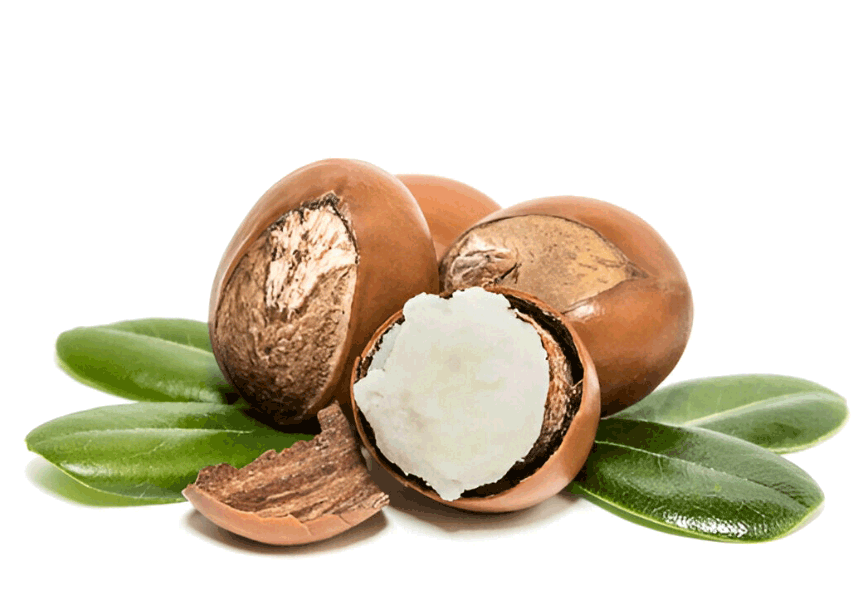
Standard Level Specifications for Shea Butter Include:
Grades:
Shea butter is graded based on purity, color, and method of extraction. The common grades are as follows:
- Grade A – Unrefined, raw, highest quality with natural fragrance and ivory/yellow color (cold-pressed).
- Grade B – Unrefined but filtered; minor impurities removed.
- Grade C – Refined with some chemical processes (usually white and odorless).
- Grade D – Highly processed, lowest nutritional content.
- Grade E – Contains additives; used mainly in industrial applications.
Internal Quality Inspection Checks Include:
- Moisture Content Check – Ensures the butter doesn’t exceed acceptable moisture levels.
- Impurity Check – Assesses presence of dirt, husk particles, or mold.
- Color & Texture Check – Evaluates consistency, smoothness, and uniformity.
- Odor Check – Should retain natural nutty aroma; absence of rancid smell is essential.
- Free Fatty Acid Level – Monitored to determine purity and shelf-life.
Pre-Shipment Inspection and Quality Control
Prior to shipment, quality control checks are conducted on randomly selected batches. Testing is carried out for purity, moisture content, and absence of contamination. These inspections ensure compliance with international standards and buyer requirements.
Packaging and standard weight
- Plastic buckets or HDPE drums of 25 kg or 50 kg
- Carton boxes with liners for smaller packaging (5 kg to 20 kg)
Labeling includes grade, production date, country of origin, and batch number for traceability.
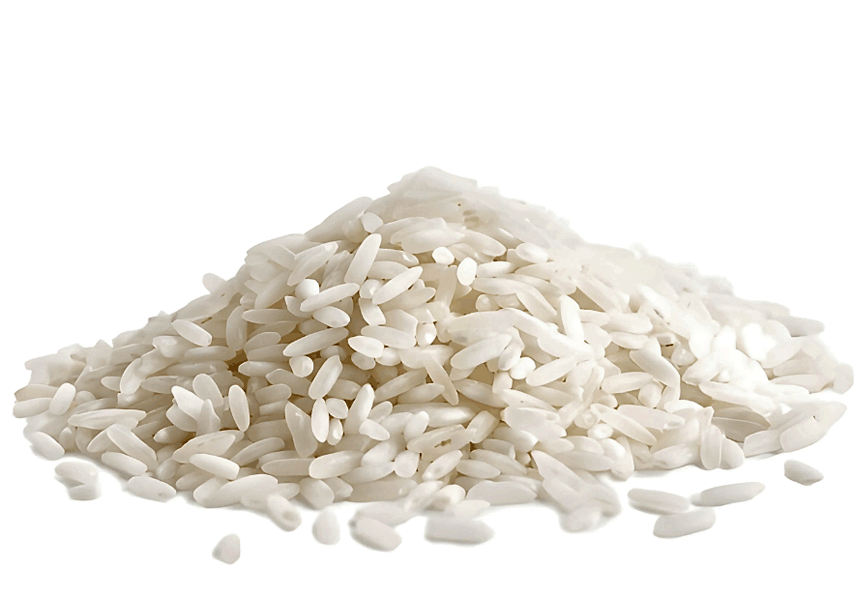
Rice
Best Quality Rice Exporters Worldwide
Rice, a staple for over half the global population, is among the most traded agricultural commodities. India, Vietnam, Thailand, and Pakistan are major exporters, while Africa, the Middle East, and Europe are key importers. India exports both Basmati and Non-Basmati rice, which are carefully cultivated, harvested, processed, graded, and packaged for international markets.
There are two kinds of cashew trading that are done in the international trade markets:
- Import & Export of Basmati Rice
- Import & Export of Non-Basmati Rice
Standard Level Specifications for Rice Include:
Grades:
Rice is classified based on grain length, aroma, color, and the degree of polishing. Some common types and specifications include:
Basmati Rice – Known for its long grain, aromatic flavor, and fluffy texture after cooking. Varieties include:
- 1121 Basmati (White/Steam/Sella)
- Traditional Basmati
- Pusa Basmati
Non-Basmati Rice – Includes medium and short-grain varieties like:
- Sona Masoori
- IR 64
- Parboiled (Sella) Rice
- Raw White Rice
Key Parameters Used for Grading:
- Grain length and uniformity
- Moisture content
- Broken percentage
- Foreign matter
- Milling degree and polish
Various internal inspection checks are:
- Moisture Content Check – Ensures the rice is properly dried (typically below 14%).
- Broken Grain Percentage – Checked to meet grade specifications.
- Purity and Foreign Matter – Assessed for stones, husks, or other impurities.
- Whiteness and Gloss – Evaluated visually and through calibrated machines.
- Aroma & Taste Check – Especially for Basmati varieties.
Pre-Shipment Inspection and Quality Control
Before dispatch, rigorous pre-shipment inspections are carried out. Samples are drawn from different batches to test for grading, moisture levels, and compliance with buyer specifications. Certificates of analysis are issued as per international trade requirements.
Packaging and standard weight
- PP or BOPP laminated bags (5 kg, 10 kg, 20 kg, 25 kg, 50 kg)
- Jute bags for traditional packaging
- Vacuum packs for smaller premium batches
For bulk exports, containerized shipments are common, ensuring moisture-free, airtight sealing for long-distance transit.
Soyabean
Best Quality Soyabean Exporters Worldwide
Soyabean, a vital oilseed crop, is extensively used in food, animal feed, and industrial applications worldwide. Grown in large volumes across countries like the USA, Brazil, Argentina, and India, it holds immense importance in global trade. India exports high-quality soyabean and soymeal to Asian, Middle Eastern, and European markets, meeting diverse industry demands efficiently.
- Import & Export of Whole Soyabean
- Import & Export of Soyabean Meal (Soymeal)
- Import & Export of Soyabean Oil
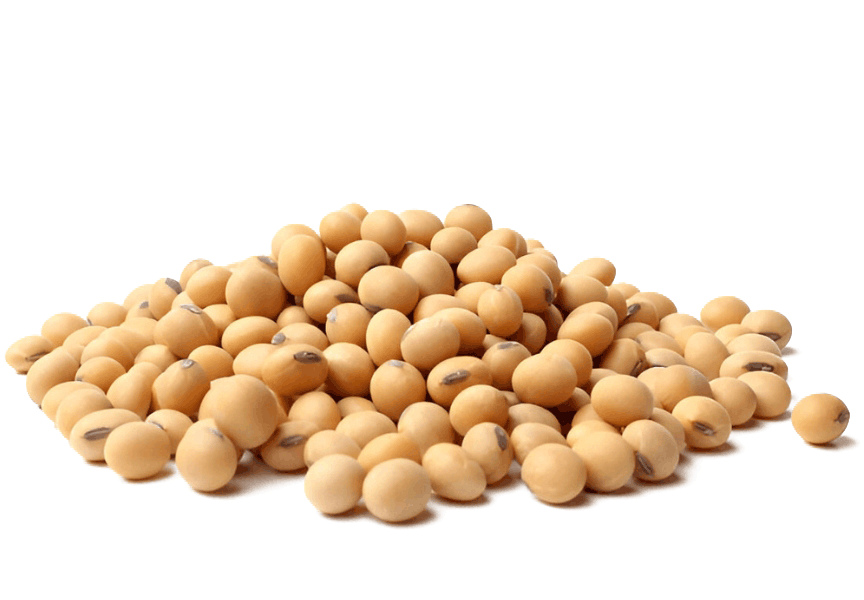
Standard Specifications for Soyabean Include:
Grades:
Soyabeans are graded based on moisture content, purity, oil content, and damage levels. Specifications generally include:
- Moisture: Max 12%
- Protein Content: 35–40% (varies by region)
- Oil Content: 18–20%
- Foreign Matter: Max 2%
- Damaged Seeds: Max 1–2%
Various internal inspection checks are:
- Moisture Test – Ensures seeds are well-dried to avoid spoilage.
- Purity Test – Assesses presence of foreign material.
- Oil Content Test – Determines market value and processing suitability.
- Pest/Infestation Check – Seeds are inspected for live/dead insects and larvae.
- Color & Size Check – Evaluates visual appeal and uniformity.
Pre-Shipment Inspection and Quality Control
Pre-shipment inspections involve random sampling and laboratory analysis to ensure compliance with international norms. Certificates of analysis and quality reports are provided with every batch. Quality control measures are followed strictly to maintain consistency and client satisfaction.
Packaging and standard weight
- PP woven bags (usually 50 kg)
- Bulk containers or flexi tanks for large shipments
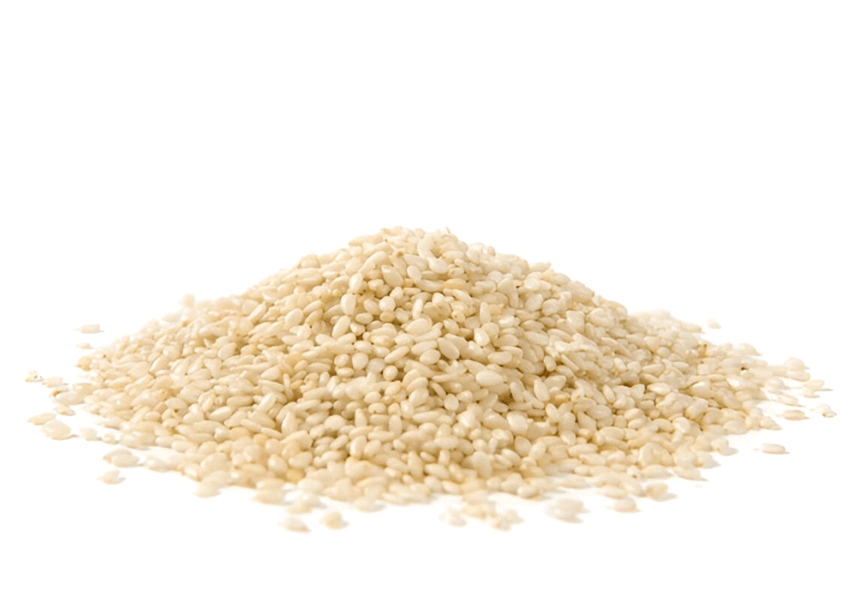
Sesame Seeds
Best Quality Sesame Seeds Exporters Worldwide
Sesame seeds, one of the oldest oilseed crops, are highly valued for their oil content, nutty flavor, and rich nutritional profile. Widely used in food, bakery, confectionery, and oil extraction industries, India, Sudan, Myanmar, and Nigeria are key producers. India exports natural, hulled, and roasted sesame seeds to global markets with consistent quality assurance.
- Import & Export of Natural Sesame Seeds
- Import & Export of Hulled Sesame Seeds
- Import & Export of Roasted/Toasted Sesame Seeds
- Import & Export of Black & White Sesame Seeds
Standard Specifications for Sesame Seeds Include:
Grades:
Sesame seeds are graded based on purity, moisture, oil content, and appearance. Common parameters include:
- Purity: 98–99.9%
- Moisture: Max 5%
- Oil Content: 48–52%
- FFA (Free Fatty Acid): Max 2%
- Admixture: Max 1–2%
- Color: White, Off-white, Golden, Black
Various internal inspection checks are:
- Purity and Admixture Test – Ensures clean, uniform seeds.
- Moisture Level Check – Prevents fungal growth or spoilage.
- Oil Content Test – Indicates quality for extraction.
- Color Sorting – Visually or mechanically sorted by color.
- Contamination Check – Tested for pesticides, aflatoxins, and microbial presence.
Pre-Shipment Inspection and Quality Control
Samples are drawn pre-dispatch to test physical and chemical properties. Inspection agencies verify packaging, lab reports, labeling, and conformity with importing country regulations. Certification is issued for quality assurance.
Packaging and standard weight
- PP or Paper Bags (25kg/50kg)
- Vacuum Packs for premium quality
- Jumbo Bags for bulk orders
Gum Arabic
Best Quality Gum Arabic Exporters Worldwide
Gum Arabic, a natural resin harvested from Acacia trees, is prized for its emulsifying, stabilizing, and thickening properties. Widely used in food, beverage, pharmaceutical, and cosmetic industries, it is primarily sourced from Sudan, Chad, and Nigeria. India imports, processes, and exports premium-grade Gum Arabic in various forms to cater to global industry needs.
- Import & Export of Raw Gum Arabic (Lumps or Tears)
- Import & Export of Powdered Gum Arabic
- Import & Export of Spray-Dried Gum Arabic
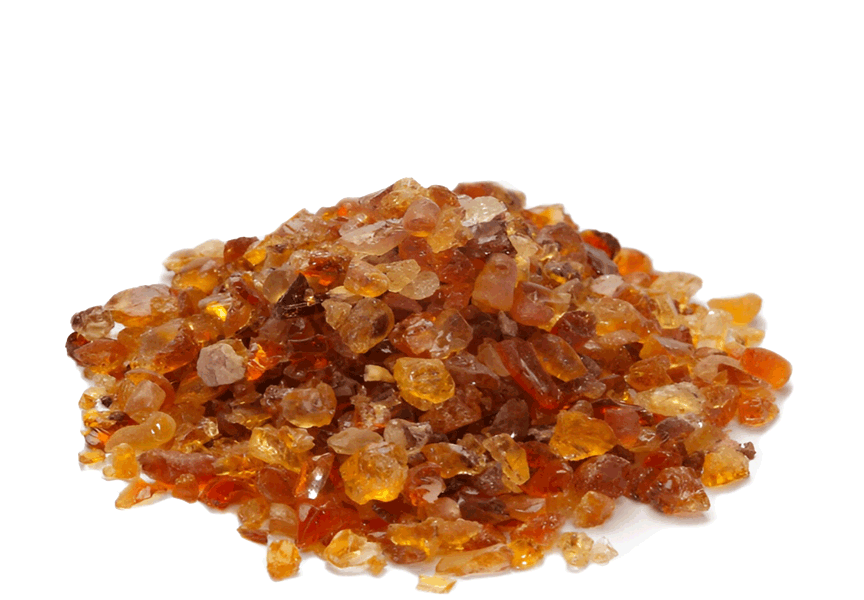
Standard Specifications for Gum Arabic Include:
Grades:
Gum Arabic is graded based on purity, solubility, color, and origin. Specifications typically include:
Moisture: Max 12–15%
Total Ash: Max 4%
Acid Insoluble Matter: Max 0.5%
Viscosity: 100–250 mPas (varies by grade)
Microbiological: Complies with food/pharma standards
Various internal inspection checks are:
- Purity Check – To detect foreign matter and impurities
- Color and Clarity Test – Ensures natural, clean appearance
- Solubility Test – Confirms dissolution in water
- Microbial Testing – Ensures safety for food/pharma use
- pH and Viscosity Test – Determines industrial applicability
Pre-Shipment Inspection and Quality Control
Pre-shipment inspections include random sampling, lab analysis, and quality verification. Certifications for food-grade or pharma-grade standards are issued along with each shipment. Quality assurance is performed in compliance with international trade norms and customer specifications.
Packaging and standard weight
- Multi-layered Kraft Paper Bags (25kg)
- HDPE Bags with Inner Liners
- Bulk Packaging in Jumbo Bags for large consignments
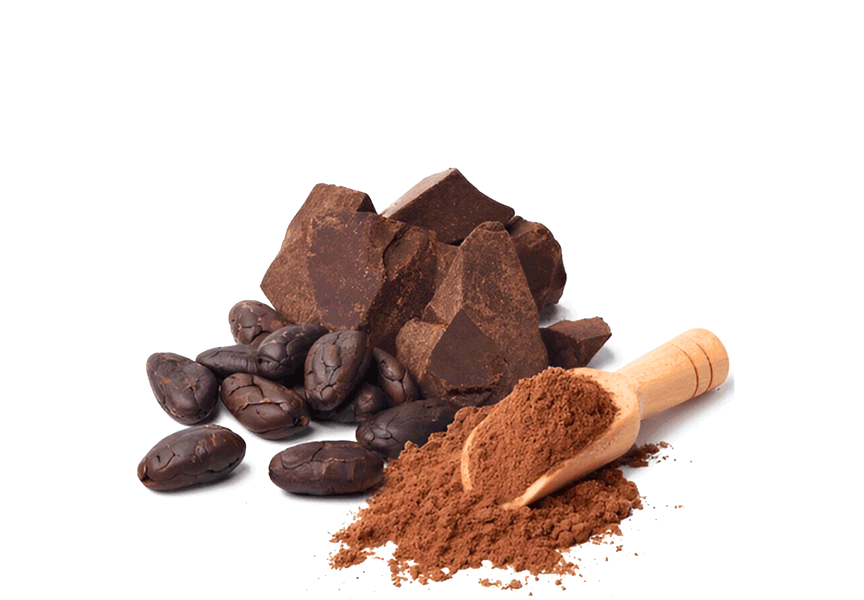
Cocoa Bean & Powder
Best Quality Cocoa Bean & Powder Exporters Worldwide
Cocoa beans, the core ingredient in chocolate production, are globally traded for their rich flavor and versatility. Sourced mainly from Ivory Coast, Ghana, Nigeria, and Indonesia, cocoa is exported as whole beans or processed into cocoa powder. India imports, refines, and supplies premium-grade cocoa products to meet growing demand across food and beverage industries.
- Import & Export of Raw Cocoa Beans
- Import & Export of Roasted Cocoa Beans
- Import & Export of Cocoa Powder (Natural & Alkalized)
- Import & Export of Cocoa Nibs and Cocoa Butter
Standard Specifications for Cocoa Beans Include:
Grades:
Cocoa beans are graded based on fermentation, moisture, bean count, and flavor:
- Moisture: Max 7.5%
- Fermentation: Min 80% well-fermented beans
- Bean Count: 90–100 beans/100g (varies by region)
- Mold/Insect Damage: Less than 3%
- Foreign Matter: Less than 1%
Various internal inspection checks are:
- Bean Cut Test – Evaluates fermentation and mold levels
- Moisture and Odor Check – Ensures freshness and quality
- Fineness and pH Test (for powder) – Ensures consistency
- Aflatoxin and Microbial Test – Ensures food safety compliance
- Packaging Integrity Check – Prevents spoilage during transport
Pre-Shipment Inspection and Quality Control
Pre-shipment inspections include sampling and lab analysis for physical, chemical, and microbiological parameters. Certifications like SGS, Intertek, or local FSSAI are provided. Compliance with buyer standards and international quality norms is strictly followed.
Packaging and standard weight
- Jute or Sisal Bags (60kg)
- Vacuum Bags for specialty beans
- Cocoa powder is packed in:
- Multi-layered Kraft Paper Bags (25kg)
- Food-grade plastic-lined bags or drums
Lentils & Pulses
Best Quality Lentils & Pulses Exporters Worldwide
Lentils and pulses are vital protein sources, forming the cornerstone of diets across Asia, Africa, and the Middle East. From chickpeas and kidney beans to green gram and black lentils, global demand for clean, nutritious, and pesticide-free pulses continues to grow. India plays a key role as both an exporter and importer of diverse pulses.
Types of Lentils & Pulses in Trade:
Chickpeas (Kabuli & Desi varieties), Red Lentils (Whole & Split), Green Gram (Moong), Black Gram (Urad), Pigeon Peas (Toor/Arhar), Kidney Beans (Rajma), Yellow & Green Peas, Horse Gram, Cowpeas and other regional varieties.
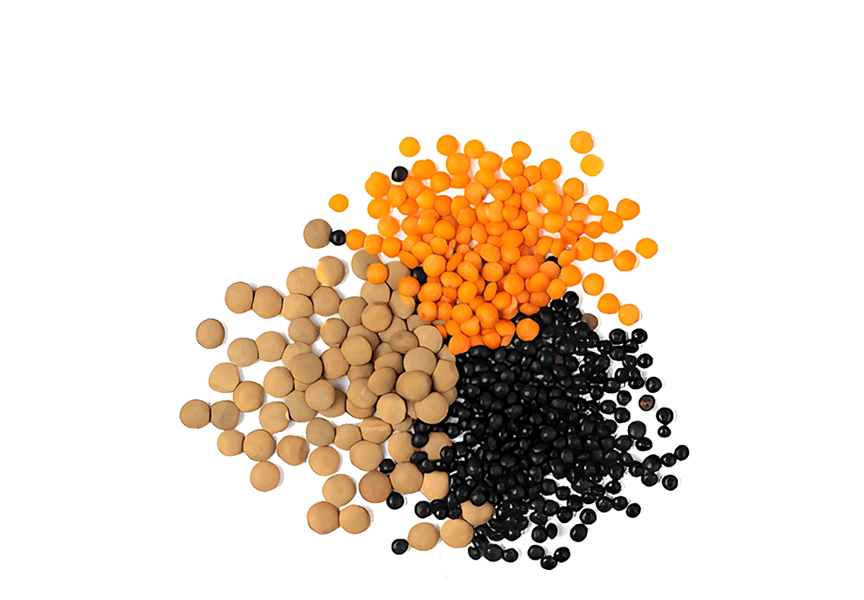
Standard Specifications for Lentils & Pulses Include:
Grades:
Lentils and pulses are graded based on:
Purity: 98–99.9%
Moisture: Max 12%
Foreign Matter: Max 0.5–1%
Damaged/Weevilled Grains: Max 1–2%
Size and Uniformity: Varies by type
Color: Natural, free from discoloration
Various internal inspection checks are:
- Purity and Foreign Matter Test
- Moisture Content Check
- Size Grading and Color Sorting
- Live/Dead Insect Detection
- Fungal, Mould, and Toxin Screening
- Organoleptic Test – for smell, taste, and texture
Pre-Shipment Inspection and Quality Control
Quality control involves random sampling from processed batches. Testing includes physical, chemical, and microbial analysis. Certifications such as Phytosanitary Certificates, FSSAI (India), or SGS inspection reports are generated to ensure export quality.
Packaging and standard weight
PP Bags (25kg/50kg) – with inner liners for moisture control
Jute Bags – for traditional or bulk packaging
Retail Packs – as per buyer specifications
Packaging is labeled with origin, weight, variety, harvest season, and batch codes to maintain traceability.

